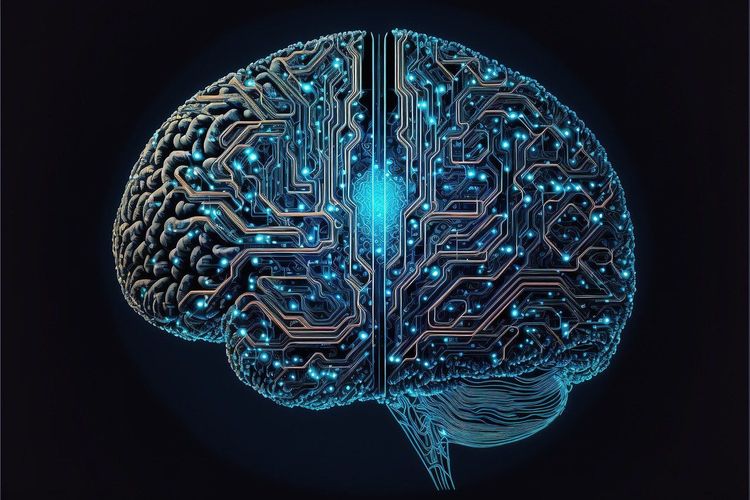The opioid epidemic presents a complex challenge reminiscent of a whack-a-mole game, frustrating researchers for nearly two decades as they strive to understand the shifting social and systemic factors that lead to opioid abuse and pinpoint potential overdose hotspots. Amidst these laborious and often flawed efforts, clinicians are focused on delivering safe and effective treatments and resources for those grappling with addiction.
As researchers and clinicians delve into the extensive reach of the opioid crisis, they’re increasingly considering the role of artificial intelligence (AI) and asking, could this technology be the breakthrough that addresses the opioid epidemic?
The healthcare sector is notoriously slow to adopt new technologies, often missing out on innovations that could enhance patient care. This reluctance has significant economic consequences; one report estimates that the industry loses over $8.3 billion annually due to its hesitance to embrace advancements like sophisticated electronic health records. However, the cost of the opioid epidemic goes beyond financial metrics. Since 1999, more than 1 million lives have been lost to drug-related overdoses. In 2021 alone, America witnessed 106,699 overdose deaths, marking one of the highest rates in its history, with approximately 75% linked to opioid use, including both prescription painkillers like Vicodin and Percocet, as well as illicit drugs such as heroin.
Despite significant investments from the Centers for Disease Control and Prevention (CDC) and the National Institutes of Health (NIH) into outreach, education, and prescription monitoring efforts, the epidemic continues to persist.
For the past decade, I have conducted research on the opioid crisis within rural and urban communities across the nation, including in New York City and southern Illinois. Many experts in the field, albeit with reluctance, agree that there is an overwhelming amount of guesswork in identifying the complex risks faced by drug users. Questions arose: What substances will individuals use? Will they inject, snort, or smoke them? Who will be around to provide assistance in case of an overdose?
Compounding these issues are the inconsistent federal and state guidelines regarding effective treatments for opioid use disorder, such as suboxone. Practitioners often find themselves scrambling to keep up with erratic drug supplies contaminated with inexpensive synthetic opioids like fentanyl, a major factor in the rising rates of overdose deaths.
While technological advancements like ChatGPT have captured public attention, health researchers and biomedical engineers are quietly innovating an AI-powered revolution in medicine. Programs that leverage AI are emerging to assist in addiction prevention and treatment.
Primarily driven by machine learning, these innovations aim to identify individuals at risk of developing opioid use disorder, disengaging from treatment, or relapsing. For instance, Georgia Institute of Technology researchers have devised machine-learning techniques to identify users on Reddit who may be vulnerable to fentanyl misuse. Other researchers have developed tools to pinpoint misinformation about treatments for opioid use disorder, enabling peers and advocates to intervene with effective education.
Additionally, AI-driven platforms like Sobergrid can assess when individuals are at an increased risk of relapse, such as being near bar locations, and connect them with recovery counselors.
Some of the most significant advancements focus on reducing overdose instances, particularly those linked to drug mixtures. Purdue University researchers have piloted a wearable device that detects overdose signs and can automatically administer naloxone, an agent that reverses overdoses. Furthermore, innovations that detect hazardous contaminants in drug supplies hold the potential to drastically decrease fentanyl-related fatalities.
Despite these encouraging prospects, there are ethical concerns to address — for example, could facial recognition technology be misused to target individuals who appear under the influence, resulting in discrimination? In fact, Uber attempted to patent technology in 2008 capable of detecting inebriated passengers.
There is also a risk of misinformation, especially related to chatbot technology. Could malicious actors embed inaccuracies in these systems to mislead drug users about dangers?
The fascination with human-like technologies has been prevalent since Fritz Lang's 1927 silent film "Metropolis." While films from Stanley Kubrick’s "2001: A Space Odyssey" to "I, Robot" and "Minority Report" have often instilled a sense of existential dread, it will ultimately require the cooperation of researchers, clinicians, patients, and the public to ensure that AI remains a tool for good, addressing humanity's significant challenges, including the opioid epidemic.







